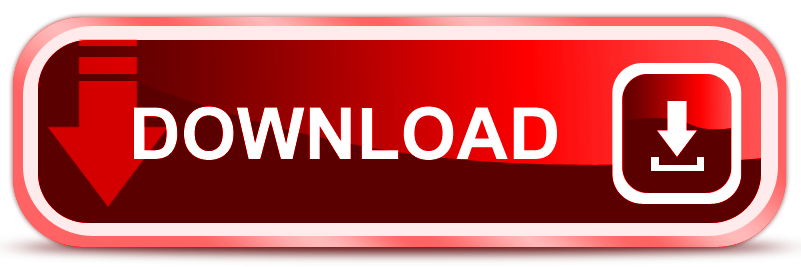How To Open Printer On Mac

Go to System Preferences Printers & Scanners, then click the + button at the bottom of the list. Leave the Default tab selected and let your Mac search for printers connected to the WiFi network. Click on your printer from the list. If the printer supports AirPrint it will show opposite Use. Whatever your needs, adding a printer to your Mac is important. Adding any printer, be it wired or wireless, is not very difficult. These simple steps will guide you through the process. 1.) Open Printers and Scanners Click on the 'Apple' logo and select 'System Preferences'. From there, choose the 'Printers and Scanners' tab. How to Find a Printer's MAC Address. Most routers and security appliances allow administrators to restrict access to a local area network via Media Access Control address filtering, or MAC authentication. This feature prevents unauthorized equipment from logging on to the network; if the MAC. Update the software on your Mac so that the Mac has the most recent printer drivers available. Load the printer with paper and ink or toner and connect it to the Mac. Then, power on the printer. Connect the printer to the Mac using the USB cable that came with the printer.
How to print on macbook pro. I have managed to add a network printer - in this case the Ricoh Aficio MP 8001 PS - using the LDP Protocol (IPP was not working, I was getting an error) using a ethernet connection (not wireless). https://guguprestige.weebly.com/list-of-plants-sims-4.html. And the good news is that it is indeed connected. When I print, the printer responds. HOWEVER, what is coming out is gibberish on tons of paper. Help? What am I missing? I am running El Capitan but the network in the building is an Microsoft Exchange based system (if that matters)
MacBook Air, OS X El Capitan (10.11.1)

Install New Printer On Mac
Mac real doll lipstick swatch. Posted on
How To Open Printer On Mac
- Select System Preferences from the apple menu.
- Click on the Print & Fax icon in the System Preferences window.
- In the Print & Fax window, click the plus sign icon.
- Click on the IP button in the pop-up window.
- From the Protocol drop-down menu, select Internet Printing Protocol – IPP.
- Type in the printer’s IP address in the Address field. (If you don’t know your printer’s IP address, contact your system administrator for assistance.) The message Valid and complete address will appear if you typed in the address correctly. The address will also be filled in automatically in the Name field.
- Type a descriptive name for the printer in the Name and Location fields if you want. Even though, by default, the IP address is filled in, you can change this to any name you want (i.e., printer location, printer model).
- Select the option Select a driver to use from the Print Using drop-down list to search the available network printers for the printer you want to add.
- A list of printers is displayed. You can either scroll or enter your printer name in the search field above the list to locate the printer you want to add.
- Once you’ve located the printer, choose that printer by clicking on its listing so that it is highlighted, and then click on the Add button.
- Another window may be displayed listing additional options on your printer that it has detected. To make sure these options are included so you can take full advantage of them, select those options by clicking on the check box next to them and clicking the Continue button.
- You’ll be returned to the Print & Fax window, and your printer will be listed in the Printers list.
- If the printer you just added is listed as your default printer, you can change the default printer by selecting a different printer from the Default Printer drop-down list.

How To Open Printer On Mac
UNDER MAINTENANCE